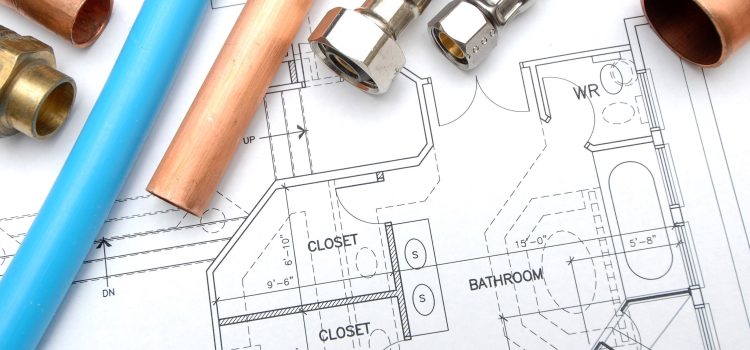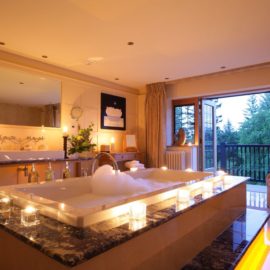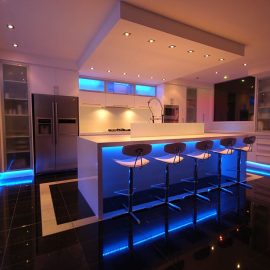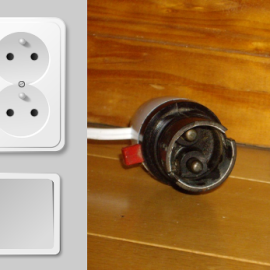
Building a new house is an exciting journey, but it can also be a substantial financial undertaking. Among the various expenses, plumbing costs can add up quickly. However, with careful planning and strategic decisions, you can save on plumbing expenses without compromising on the quality and functionality of your plumbing system. In this blog, we’ll explore practical ways to cut costs without cutting corners when it comes to plumbing your new home.
Thorough Planning and Design
The first step in saving on plumbing expenses is thorough planning and design. Work closely with a professional architect and plumbing engineer to create a well-thought-out plumbing layout. Consider the placement of fixtures, water supply lines, and drain lines to minimize the need for complex, costly installations later on. A well-planned system can prevent costly alterations down the road.
Opt for Standard Fixtures
While luxurious fixtures can be tempting, opting for standard, yet high-quality fixtures can significantly reduce plumbing costs. Well-known brands offer a wide range of durable, efficient, and stylish fixtures that are more budget-friendly. Remember, quality does not always correlate with price, and standard fixtures can provide excellent performance.
Choose PEX Plumbing Pipes
When it comes to plumbing pipes, consider using PEX (cross-linked polyethylene) instead of traditional copper or PVC. PEX pipes are more cost-effective, easy to install, and have a longer lifespan. Additionally, they are highly resistant to corrosion and freezing, making them a wise choice for your new house.
Centralized Hot Water System
Instead of installing multiple hot water heaters throughout your home, consider a centralized hot water system. A single, energy-efficient water heater located centrally can reduce installation and operational costs. It also provides hot water more consistently throughout your home.
Plan for Dual-Flush Toilets
Dual-flush toilets allow you to choose between a partial flush for liquid waste and a full flush for solid waste. These toilets are water-efficient and can significantly reduce your water consumption, leading to lower utility bills. While the initial cost may be slightly higher, the long-term savings make them an excellent investment.
Minimize Water Pipe Length
Efficient plumbing design involves minimizing the length of water pipes. Position your kitchen and bathrooms close to the main water supply and sewage lines to reduce the amount of piping required. Less pipe translates to reduced material and labor costs.
Avoid Complex Plumbing Layouts
Complex plumbing layouts with many bends, angles, and intersections can increase both material and labor costs. A straightforward, efficient layout is not only more affordable to install but also easier to maintain and repair in the long run.
Use Local Plumbing Contractors
When it comes to hiring plumbing contractors, consider working with local professionals. Local plumbers are often more cost-competitive, as they have a better understanding of regional regulations and can source materials at lower prices. They are also more accessible for post-construction maintenance and repairs.
Stay Involved in the Process
Staying actively involved in the construction process can help you save on plumbing expenses. Regularly communicate with your builder and plumber to ensure that the project is proceeding as planned and that there are no unexpected changes or additions that could increase costs.
Install Water-Saving Appliances
In addition to fixtures, consider installing water-saving appliances such as low-flow showerheads, efficient dishwashers, and washing machines. These appliances use less water and energy, reducing utility costs over time.
Proper Insulation
Proper insulation of your water pipes is essential to prevent heat loss and reduce the risk of freezing in cold climates. Well-insulated pipes can help you save on energy costs and prevent the need for costly repairs due to pipe bursts.
Regular Maintenance
To ensure long-term savings, make it a habit to maintain your plumbing system regularly. Fix minor leaks promptly and address any plumbing issues as they arise. Neglecting maintenance can lead to more significant problems and higher costs down the line.
Building a new house is a significant financial investment, but there are numerous ways to save on plumbing expenses without compromising the quality of your plumbing system. Thorough planning, the use of cost-effective materials, and wise decisions throughout the construction process can help you achieve a well-functioning plumbing system that doesn’t break the bank. By following these strategies, you’ll not only reduce your upfront costs but also enjoy long-term savings on water and energy bills, making your new home a more efficient and budget-friendly space.



